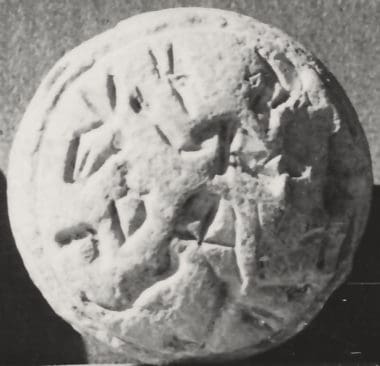One of the research challenges of ugaritic studies is to draw-up a more accurate picture of urban geo-sociology of the city of the Late Bronze Age, based on a methodology that systematically compare the data from the study of material culture to those provided by the texts in a given architectural context. The first part focuses on buildings that have yielded major textual elements, such as the Royal Palace and mansions including the so-called houses of Urtēnu, Yabninu, Rapanu and Rashapabu. A second component focuses on urban structural units, such as residential areas previously identified by C. Schaeffer [the « Quartier égéen » (“Aegaean area”), the « Tranchée Ville Sud » (“South City”) and the « Tranchée Sud- acropole » (“South Acropolis”)], which have not yet been the object of a detailed publication, and whose material remains largely unpublished. In particular, we will deal with the results of recent work that allows us to put forward hypotheses on places that may be linked to the Hittite presence at Ugarit.
Communication donnée par Valérie Matoïan au colloque international ‘Lost cities’: form, meaning and perception of urban settlements in the Ancient Near and Middle East (Pise, 29th-30th nov. 2022)
Consulter le programme


